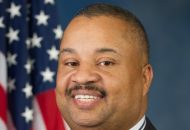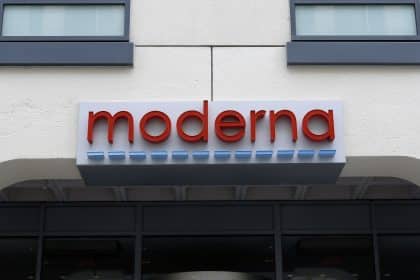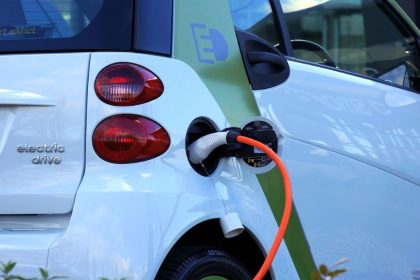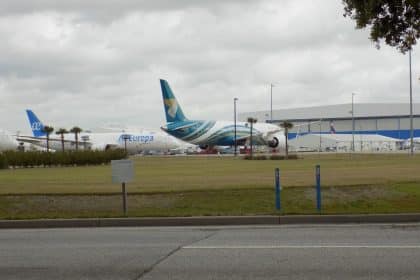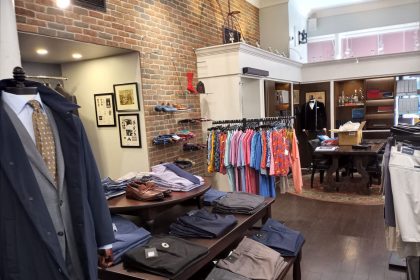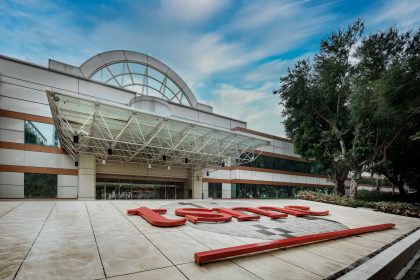Guzman Touts SBA’s Progress, but More Capital Still Needed
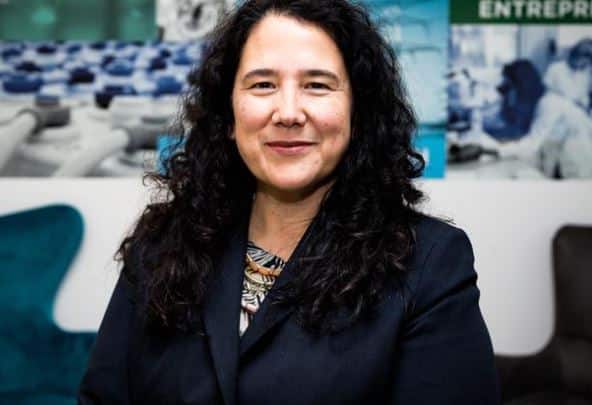
Recently, Rep. Steve Womack, R-Ark., visited family-owned oil and gas company Pruitt when the small business told the congressman that it would not have survived the pandemic had it not been for the Paycheck Protection Program funding it received.
“PPP supported local jobs and that company,” said the ranking member of the House Appropriations Committee’s subcommittee on Financial Services and General Government Friday. However, as he delivered his opening remarks during the Small Business Administration oversight hearing, he expressed concern that the FY22 discretionary budget request the SBA released Friday afternoon has a 9.4% increase from last year instead of the demand decreasing as the pandemic seems to be in its final leg.
But the post-pandemic recovery is expected to take more than six months from the date it is even declared officially over, said SBA Administrator Isabella Guzman. Despite the demand beginning to “wind down,” she explained, the agency “[continues] to see the need for capital” to continue supporting the nation’s 30 million small businesses. The hearing focused primarily on the food and beverage industry, primarily restaurants and independent contractors.
So far, Guzman said, 95% of PPP loans have gone out to small businesses with 20 or fewer employees. The initial PPP funds allocated by Congress have been “nearly exhausted,” she added.
She pointed to key figures to show how “work has intensified” at the agency, from the initial pandemic-related relief funding of the Payment Protection Program and the COVID-19 Economic Injury Disaster Loans, to newly rolled out programs like the $28.6 billion Restaurant Revitalization Fund program, the $16.2 billion Shuttered Venues Operators program and the $100 million Community Navigator Pilot program. The latter, which was just announced this week, will allow the SBA to “get more hyperlocal” with local, trusted partners that will work with their local communities, both urban and rural, that are underserved. This is particularly so for women, people of color, and veterans, she said, who have been identified as priority access for all of the SBA’s COVID relief programs.
By the time the RRF application portal closed on Monday, the SBA had received over 372,000 applications for a total of over $76 billion in requested funds. This is more than 2.5 times the amount Congress allocated towards the program, said Rep. Matt Cartwright, D-Penn., who worried about how this could impact independent restaurants that are the “cornerstones of communities” in the US.
Describing this as a “huge deficit,” Guzman noted the Independent Restaurant Coalition and the National Restaurant Association had expressed the need for more funds and “that [need is] proven with the with the demand in the applications.”
However, both Womack and Cartwright expressed concern over the fraudulent activity that has been revealed by bad actors, with Womack emphasizing the need to ensure proper checks of eligibility and particularly the immigration status of applicants in the RRF. Cartwright noted the fraudulent scams that targeted the PPP and EIDL.
Nevertheless, Guzman said the SBA’s commitment is to a “high level of oversight to limit fraud and abuse” while simultaneously rolling out the funds “swiftly, efficiently and equitably.”











